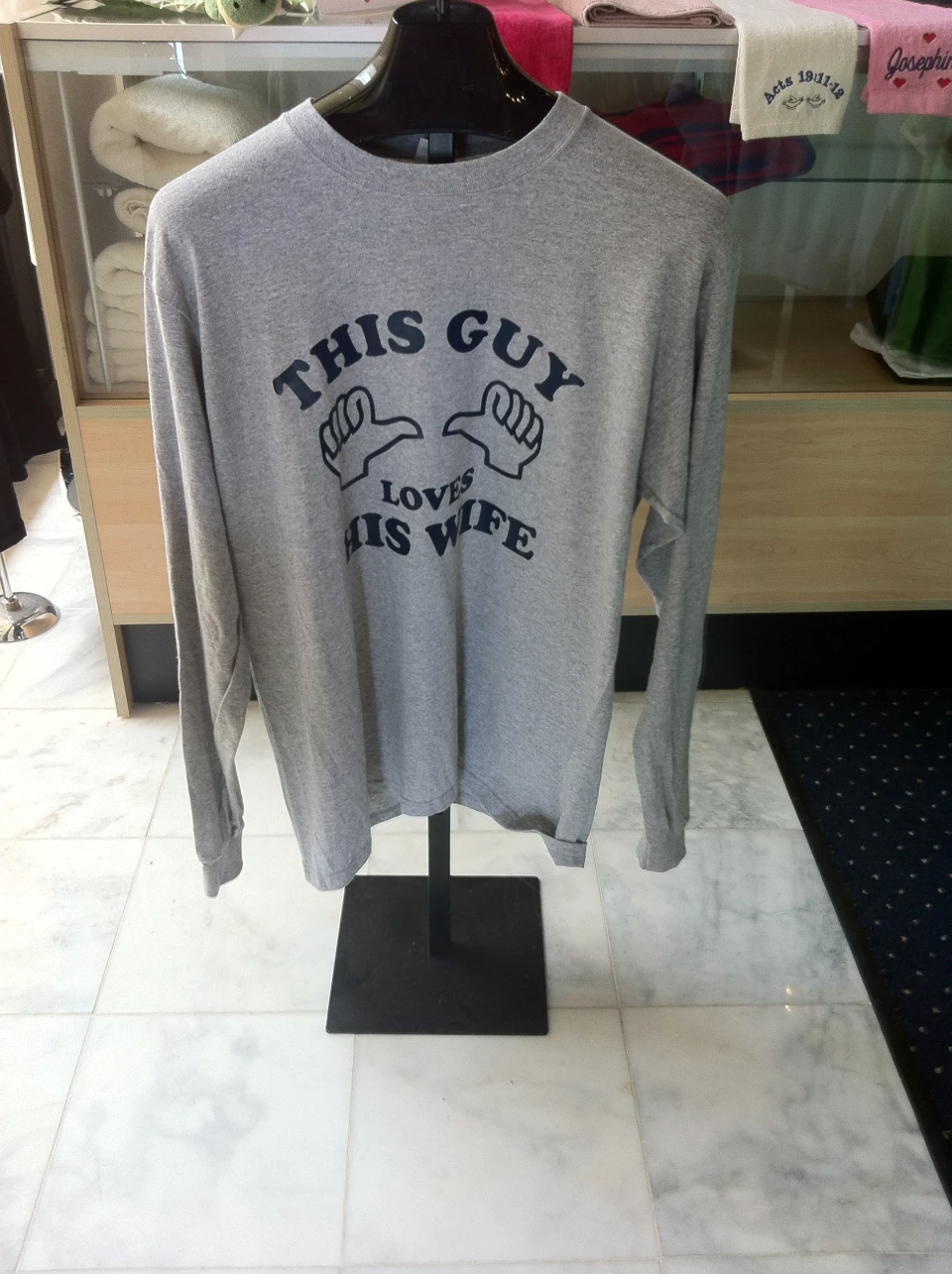The Art of Custom-made Embroidery: Opening the Keys to Creating Unique and Unforgettable Styles
Needlework, a craft soaked in custom and creativity, holds within its detailed stitches the power to change textile right into a canvas of special expression. The keys to developing custom embroidery designs that mesmerize the eye and leave a lasting impression lie in a delicate balance of technique, creative thinking, and focus to detail. As we delve right into the globe of customized needlework, we reveal the nuanced interaction in between thread choice, sew intricacy, and layout customization that boosts a simple garment to a masterpiece. Join us on a trip with the art of personalized needlework as we unwind the enigmas behind crafting absolutely remarkable and distinct productions.
Selecting the Right Needlework Threads
When picking embroidery threads, what key factors should you consider to guarantee the finest results for your custom-made designs? The choice of embroidery thread is essential in figuring out the last result of your embroidered style.
Moreover, the weight or density of the string plays a substantial role in the appearance of the embroidery. Thicker threads can add dimension and structure to your style, while finer threads are optimal for complex details and little message. Furthermore, thinking about the color fastness and washability of the string is important to guarantee that your customized layouts keep their high quality and vibrancy with time. By meticulously reviewing these aspects and choosing premium threads that satisfy your particular requirements, you can boost the aesthetic charm and longevity of your embroidered creations.
Discovering Various Stitch Methods
To look into the world of 'Checking out Various Stitch Techniques', one have to grasp the ins and outs and nuances that each stitching method offers the art of needlework. Various stitch methods not just add visual interest but likewise contribute to the general appearance and dimension of the design. One preferred stitch technique is the satin stitch, which entails very closely stuffed parallel stitches to produce a smooth and shiny surface area, ideal for filling out forms and developing vibrant describes.
On the various other hand, the backstitch is a versatile method often utilized for laying out and including great details. It involves sewing in reverse to create a strong line of needlework. Additionally, the French knot stitch adds a responsive component to styles, perfect for creating textured accents like blossom facilities or attractive touches.
Discovering different stitch methods permits embroiderers to have fun with light, darkness, and deepness within their styles, elevating the visual appeal and creative high quality of their needlework projects. By grasping numerous sewing approaches, one can open endless opportunities for creating unique and memorable customized embroidery pieces.
Incorporating Personalized Design Components
Having explored the intricacies of various stitch strategies such as the satin stitch, backstitch, and French knot, the focus currently moves towards including individualized style components in custom-made embroidery tasks. Customized design elements play an essential duty in making needlework projects absolutely distinct and memorable.
One more means to integrate personalized layout elements is by including signs or motifs that hold unique meaning to the recipient or mirror their interests and individuality. Incorporating a favored flower, pet, or hobby-related symbol can make the needlework layout extra significant and customized. Additionally, selecting shades that resonate with the recipient or line up with the desired motif can better enhance the personalization edward sexton suit of the needlework project.
Grasping the Art of Color Coordination

One key facet of color control is understanding color theory. This includes recognizing how various colors interact with each other, the emotions they share, and how they can be integrated to develop visually attractive designs. By applying shade concept principles, embroiderers can produce harmonious shade palettes that improve the total look of the style.
In addition, focusing on contrast is crucial in color sychronisation. Making use of contrasting colors can assist particular aspects of the layout pop, improve clarity, and produce an aesthetically vibrant needlework item. By understanding the art of color coordination, embroiderers can raise their layouts and create unforgettable items that reverberate with customers and viewers alike.
Enhancing Texture With Advanced Embroidery Stitches

French knots, for instance, are perfect for adding little, increased dots to your style, mimicking the look of beads or producing a distinctive surface area. Bullion knots, on the various other hand, can be used to produce twisted, ropelike components that include an extravagant feeling to the needlework. Seed sewing includes tiny, scattered stitches that can complete areas with a speckled structure, while turkey work creates cosy, dimensional accents reminiscent of animal fur or vegetation. Trying out these advanced embroidery stitches permits you to push the boundaries of conventional embroidery and create really unique and visually attractive structures in your styles.
Verdict
In final thought, the art of customized embroidery entails a combination of selecting the appropriate strings, checking out various stitch strategies, integrating customized layout aspects, mastering shade sychronisation, and enhancing appearance with sophisticated stitches. By understanding and applying these crucial elements, embroiderers can develop special and memorable layouts that showcase their imagination and ability. Embroidery lovers can unlock the Full Report keys to creating beautiful and bespoke pieces that attract attention and leave an enduring impression.